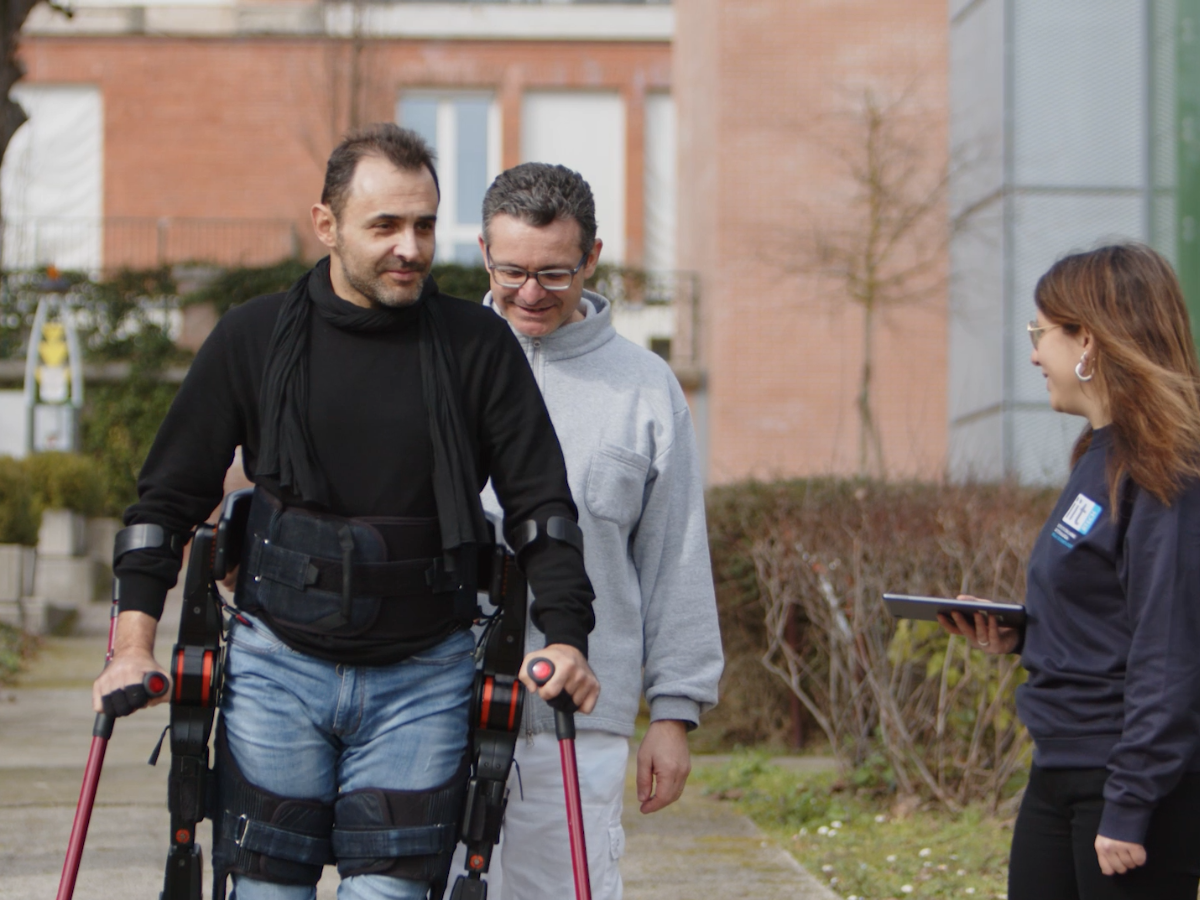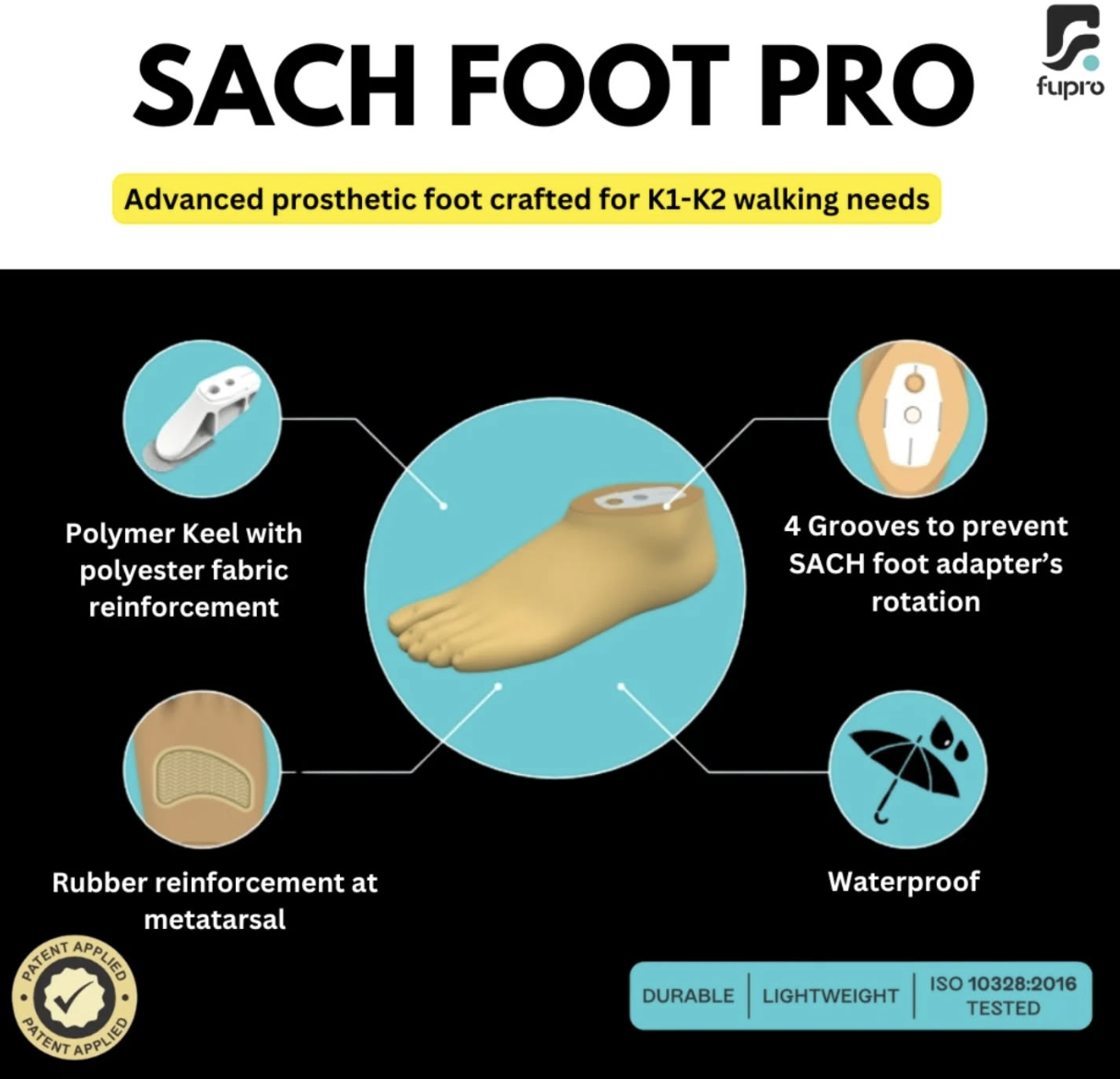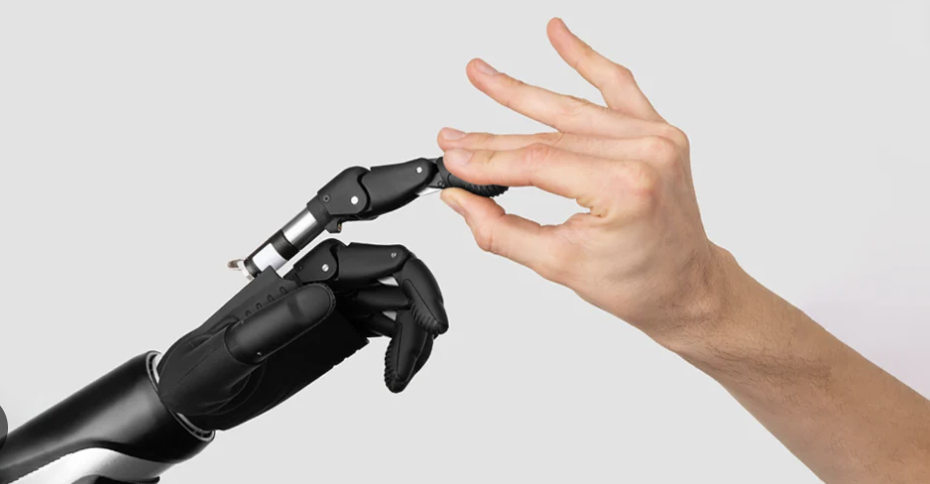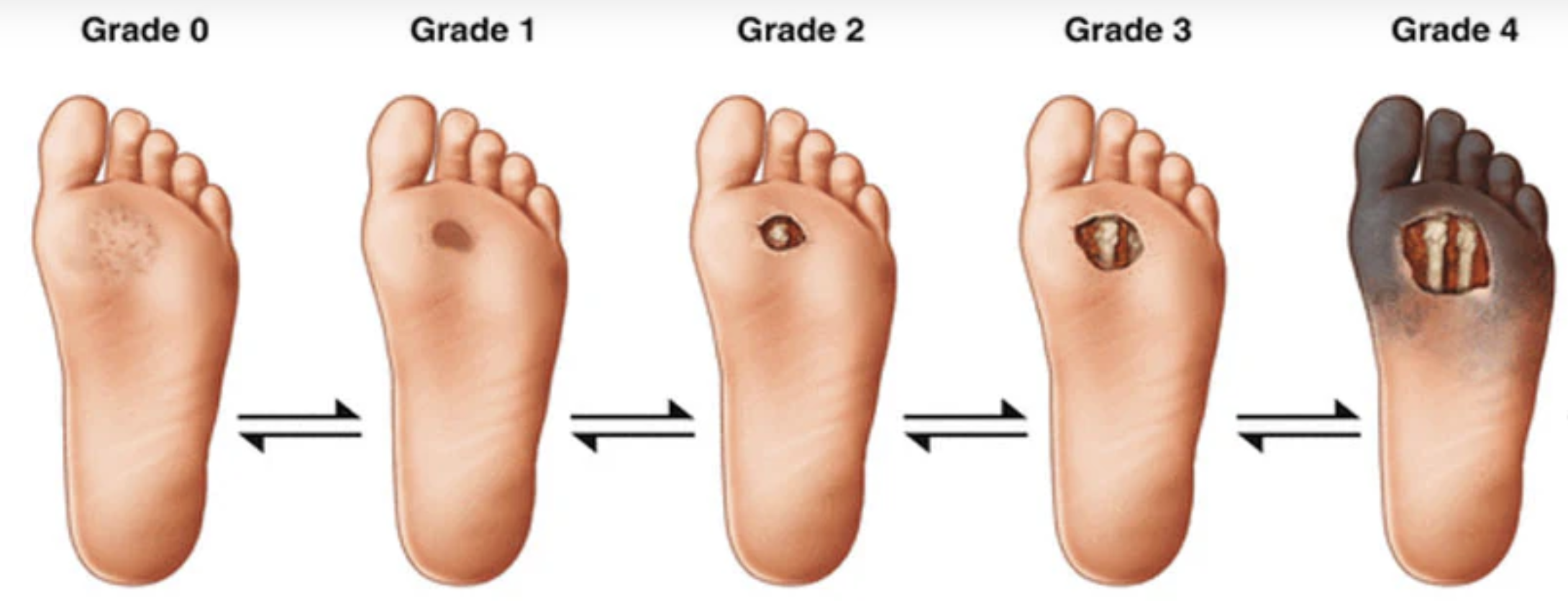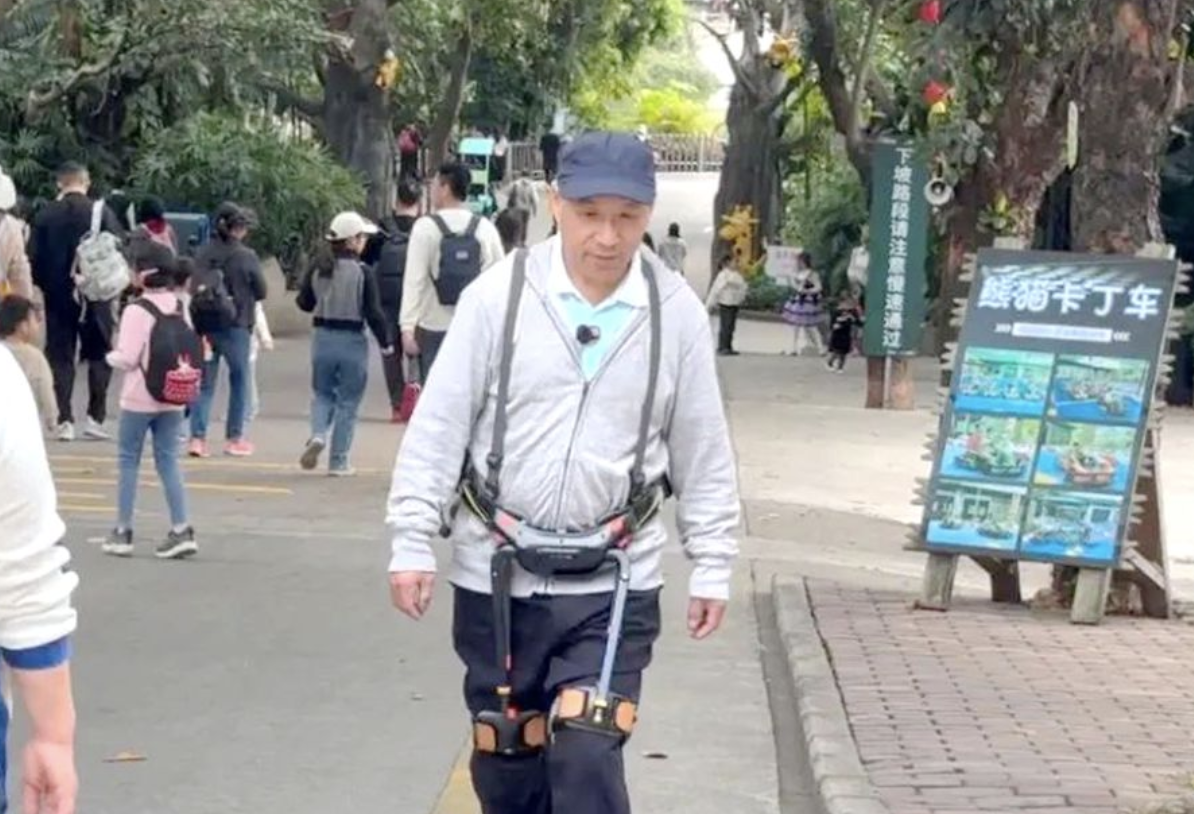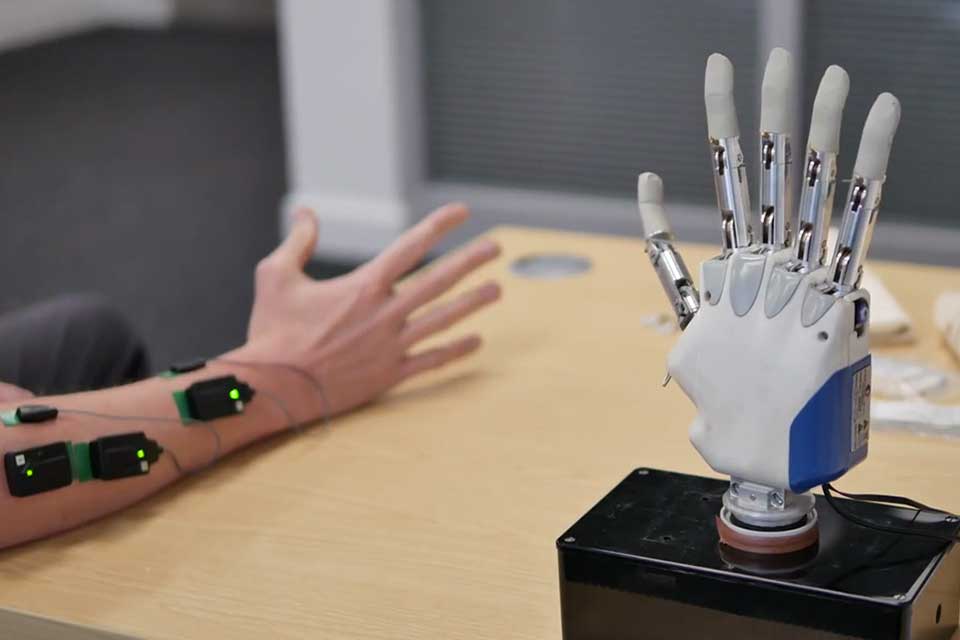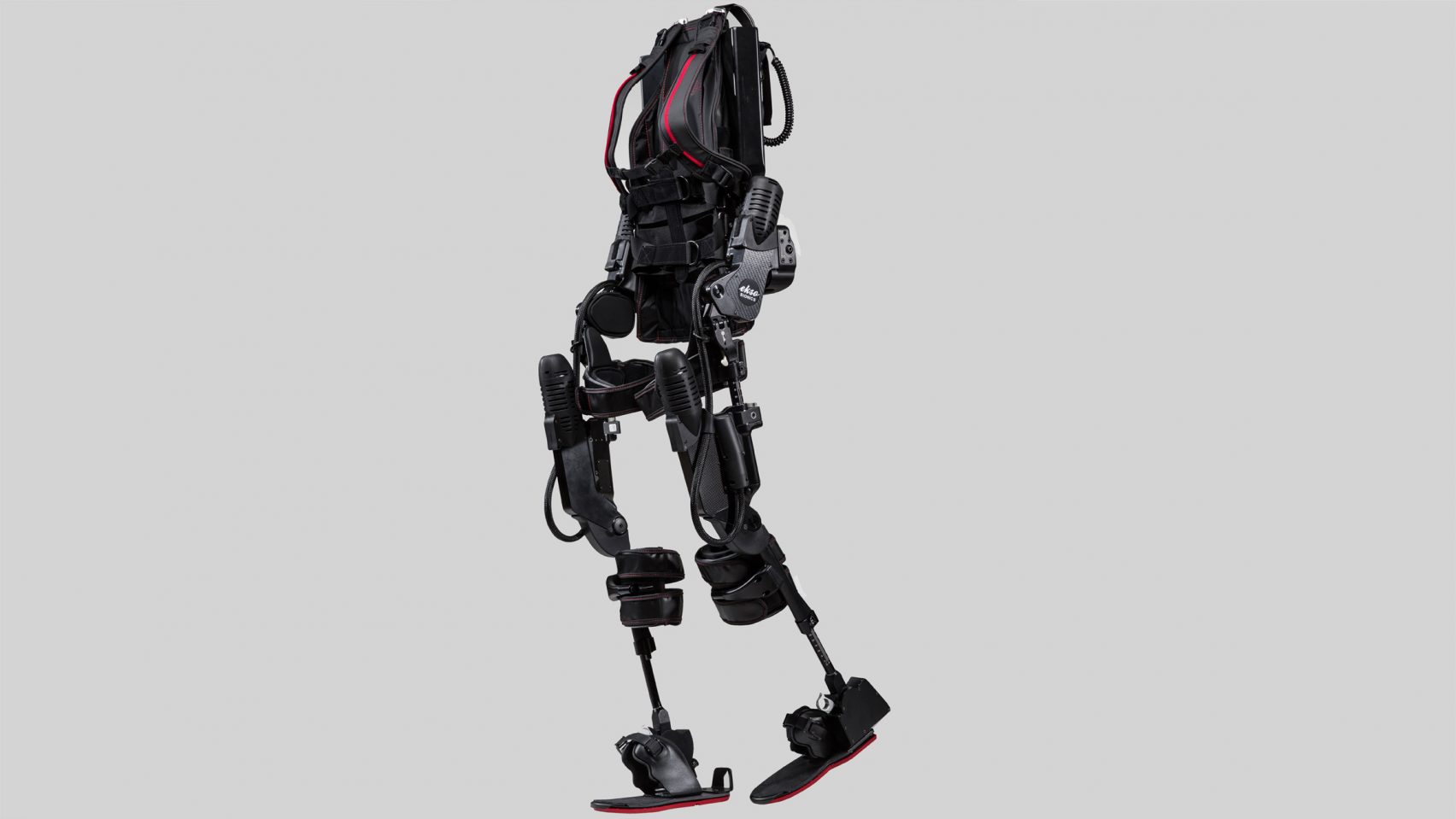TWIN is a new robotic exoskeleton for lower limbs, designed and developed by Rehab Technologies IIT – INAIL, the joint laboratory between the Istituto Italiano di Tecnologia (IIT, Italian Institute of Technology) and the Prosthetic Center of INAIL (the prosthetic unit of the National Institute for Insurance against Accidents at Work). The motorized exoskeleton is an external structure capable of enhancing the physical abilities of the wearer. It has been designed to allow individuals with reduced or even absent motor abilities in the lower limbs, such as in cases of complete spinal cord injuries, to maintain an upright position, walk with the assistance of crutches or walkers, and to stand up and sit down.
Two features contribute to the uniqueness of the device: it is made of lightweight materials, such as aluminum alloy, and it is composed of modular components, facilitating usability and transportation. Furthermore, the structure is adjustable based on the patient’s physical characteristics through telescopic links placed at the level of the femur and tibia. Ankle and foot supports are available in various sizes to adapt to the ergonomics of the user. TWIN’s operating modes are also adaptable to the patient, evaluating the degree of motor deficit of the person wearing it, particularly their ability to perform autonomous walking.
The exoskeleton can be controlled by an operator, such as a physiotherapist, using a specific Android application installed on the provided tablet. The graphical interface allows for controlling the exoskeleton in the execution of various programed activities, setting the kinematic parameters of movement, and choosing between different step execution modes.
The exoskeleton works in 3 operating modes: Walk mode is designed for patients with absent motor function; the exoskeleton imposes a walking pattern according to programed parameters. Retrain mode is used for patients with partial impairment of lower limb motor function, capable of performing a more or less autonomous movement but with difficulty in some phases of the step—in this case, the exoskeleton supports the patient’s movement with more or less intensity, directing them toward an optimal reference trajectory. TwinCare mode is designed for patients with partial and differentiated motor impairment between the 2 limbs, where 1 leg is healthy and can move autonomously, while the other requires assistance, more or less pronounced, in some phases of the step.
The motors activate the knee and hip joints, imposing a completely configurable movement pattern on the patient’s limbs, in terms of step length and type, and walking speed. The battery has a lifespan of about 4 hours and requires an hour to recharge.
In addition to rehabilitation clinics during physiotherapy sessions, TWIN can be worn daily, even for just a few hours, as assuming the upright position brings significant benefits in terms of musculoskeletal, circulatory, psychological, and digestive system functionality for wheelchair users.
